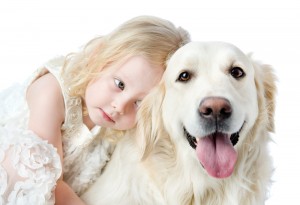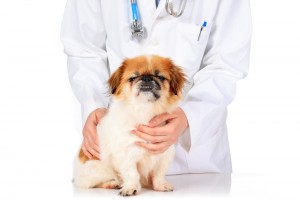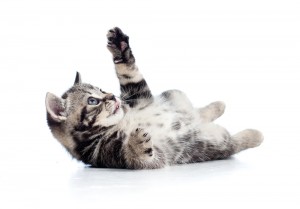Addison’s Disease In Dogs
Addison’s disease , also called hypoadrenocorticism, is an endocrine disorder that is caused by a lower than normal production of adrenal gland hormones. The adrenal glands are located near the kidneys, and are responsible for the production of hormones that control the salt, sugar, and water balance in the body. In Addison’s disease there is usually a deficiency of cortisol and a mineralocorticoid (aldosterone). The most common cause of Addison’s disease is destruction of the adrenal gland tissue by the pet’s own immune system. Cortisol is responsible for combating stress, while Aldosterone controls the water, sodium, potassium, and chloride concentrations in the body.
It can be challenging to diagnose Addison’s disease in dogs because of the vagueness of its symptoms, which is why it is often referred to as “The Great Imitator”. The most prominent symptoms include vomiting, diarrhea, excessive thirst, weight loss, lethargy, poor appetite, shaking and muscle weakness, low heart rate and body temperature, depression, pain in the back end, and possible collapse. There may be no obvious signs of the disease until 90% of the adrenal cortex is no longer functioning.
Diagnosing Addison’s disease may include the presence of elevated potassium levels and abnormally low sodium levels, but this is not true in all dogs. The most reliable diagnostic test for this disease is an ACTH stimulation test, and usually is accompanied by a thorough medical history, physical examination, bloodwork, and a urinalysis. If the adrenal glands have deteriorated far enough, an acute episode may occur, called Addisonian crisis. When this occurs, it can cause a cease in kidney function, arrhythmia, and dangerously low blood pressure levels. Addisonian crisis is considered a medical emergency, and may result in death if not treated promptly.
Addison’s disease is an uncommon disorder in dogs, most frequently found in young to middle-aged and female dogs, and is extremely rare in cats. It is thought to be inherited in Leonbergers, standard poodles, and Nova Scotia duck tolling retrievers. Certain other breeds may also be predisposed, such as the Airedale, bearded collie, German shepherd dog, German shorthair pointer, Great Dane, St. Bernard, English springer spaniel, West Highland white terrier, wheaten terrier, and Portuguese water dog.
Treatment depends on the severity of the disease, your individual pet, and your veterinarian. Pets with Addison’s disease are treated with cortisol and mineralocorticoid replacement therapy. Since it may take some time to establish the correct levels of the hormones for each individual dog, routine blood work may be necessary initially to establish the maintenance dose. Some will need fluid and electrolyte support, and it is imperative that they are provided with plenty of drinking water. Discuss the treatment options with your veterinarian when your pet is diagnosed with this condition.





